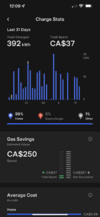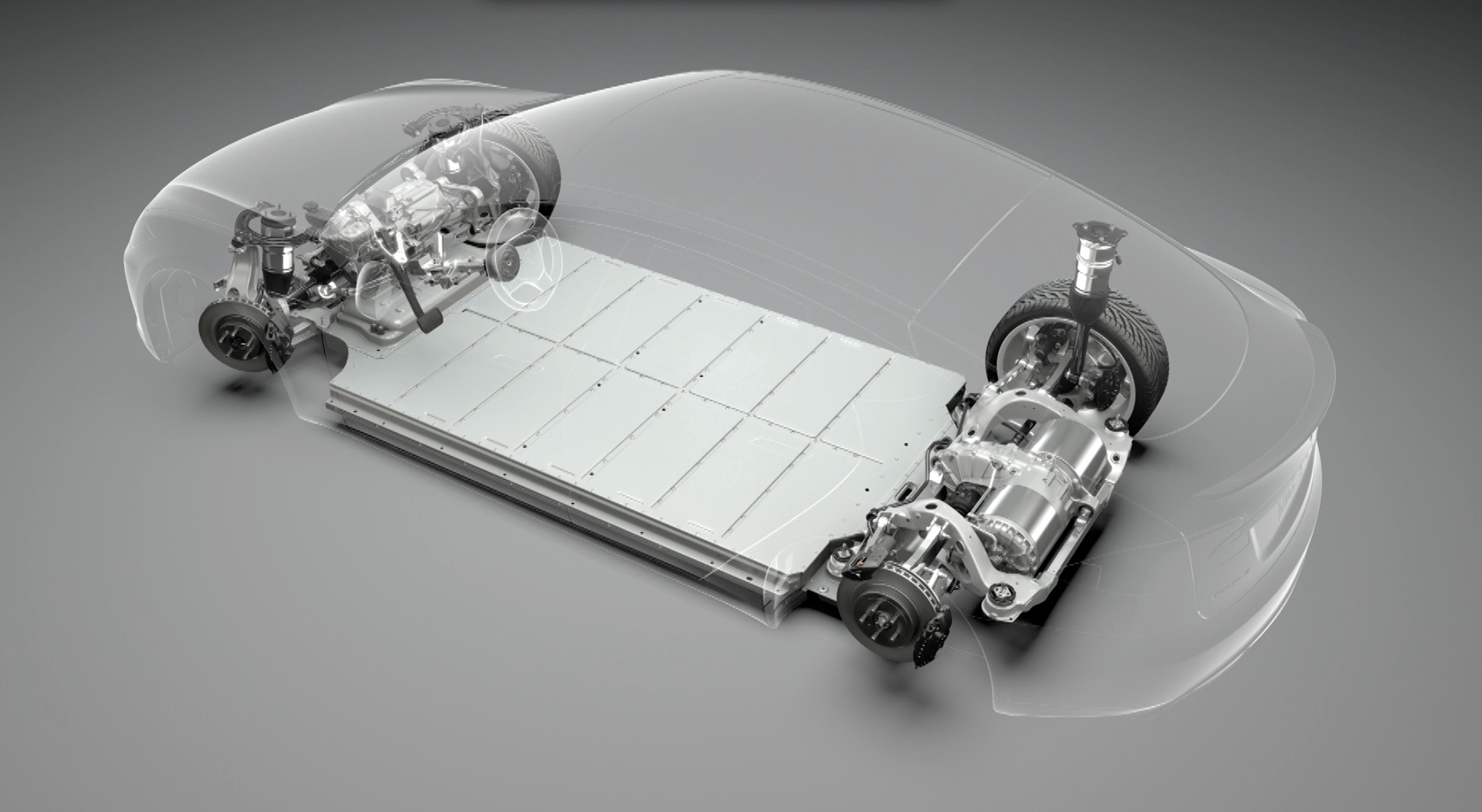This isnt really true. The cycle life shortens the larger the cycle is and the higher up the cycle is. But it is a progressive reduction in cycle life with increased SOC so no specific SOC that is bad. If they refer to calendar aging its not true either, as the calandar aging is not changing much between about 65 - 100% for normal temperatures.
Last part about discharged to zero, as long as we do not overdischarge the battery (Cell voltage below the low limit) the battery is fine, and it actually like it best at 0% SOC but still not discharged below 2.5V/cell
This picture shows research results from calendar aging with NCA, NMC and LFP.
So close to zero or zero is actually best
View attachment 796952
More or less all NCA and NMC have 4.2 as max voltage( = 100% SOC) and 2.5V as end of discharge( = SOC 0%)
Wrong. The lower the SOC, down to 2.5V/cell, the happier the battery.
Both for cycles and calendar aging.
I have not seen a research report that support the cited statement. There is a few with ”faulty setups”, like testing three different SOC’s like 100%, 70% and 50% and then drawing the conclusion that 50% is the best SOC level of all. But as no test was made below 50% the researchers do not know, and the conclusion if done like that, is wrong even if the actual test results is valid. For source about my statement that it is wrong, se above picture from a research report(that picture is representative for
many research reports).
This isn’t really not true. Its about ok to say this. But its the sentence following the part I cited one step above.
Low SOC is bad, high SOC is bad and below 3.6V is also bad?
—> Batteries is bad ?
This is not exactly not correct, but it will not help the reader that is not an battery expert to understand. The reader will not get the important point. That is:
LFP is much much less sensitive to large or full cycles. They can handle thousands of full cycles which in number of miles/km driven before they are used up is much more than the car can do.
This is the reason for Tesla selecting LFP for short range versions because they more often need to use a larger cycle, so its a good choise for this.( also, they are heavier per kWh and the use up much more såace so they do not fit into a LR with the space available).




